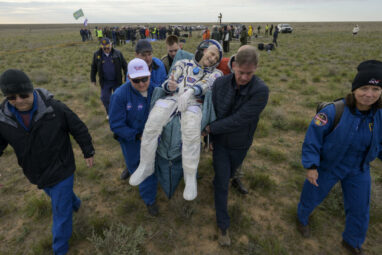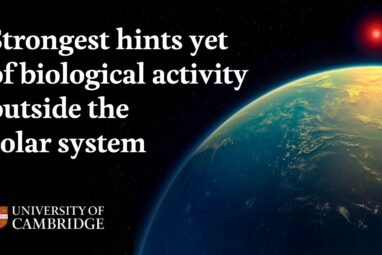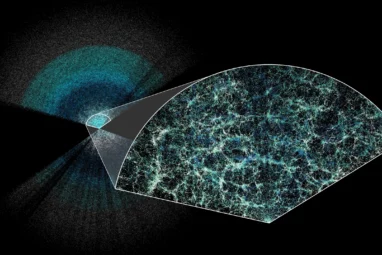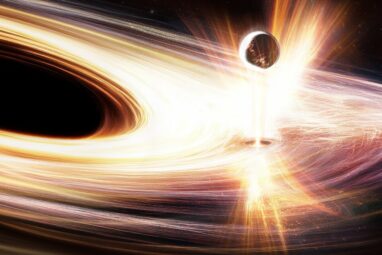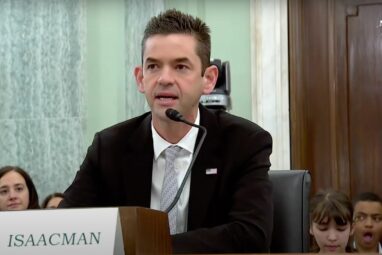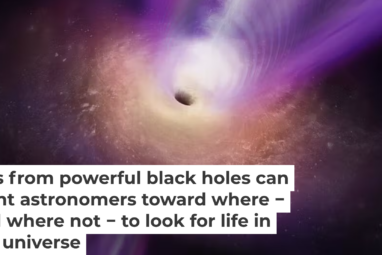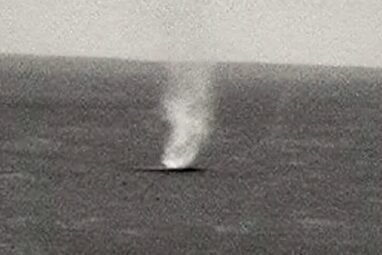Cake, gifts and a low-key family celebration may be how many senior citizens picture their 70th birthday. But NASA’s oldest...
A team of astronomers announced on April 16, 2025, that in the process of studying a planet around another star,...
Gravity pulls us to earth, a lesson you learn viscerally the first time you fall. Isaac Newton described gravity as...
Much of what scientists know about the early solar system comes from meteorites – ancient rocks that travel through space...
Although we know that supermassive black holes (millions of times the mass of our sun) lurk at the center of...
The Andromeda galaxy is surrounded by a constellation of dwarf galaxies that are arranged in a highly lopsided manner. Analysis...
Our new study of the nearby starburst galaxy Haro 11 has shown that strong X-ray-emitting superwinds may be a key...
Through his research at Caltech, a local high school student revealed 1.5 million previously unknown objects in space, broadened the...
Jared Isaacman, billionaire, CEO and nominee to become the next NASA administrator, faced questions on April 9, 2025, from members...
One of the most powerful objects in the universe is a radio quasar – a spinning black hole spraying out...
The six-wheeled explorer recently captured several red planet mini-twisters spinning on the rim of Jezero Crater. A Martian dust devil...
University of Warwick astronomers have discovered an extremely rare, high-mass, compact binary star system only ~150 light years away. These...
